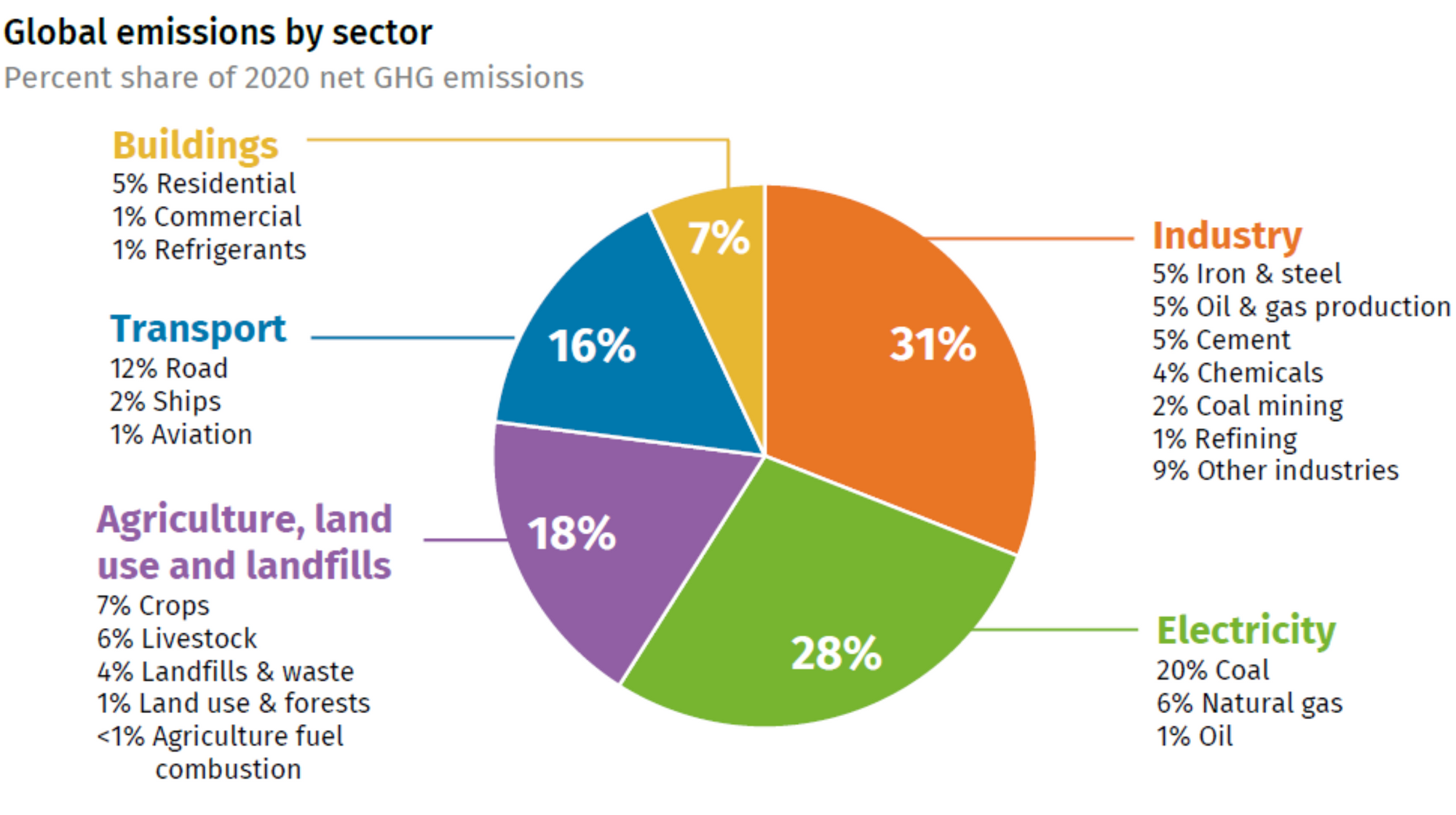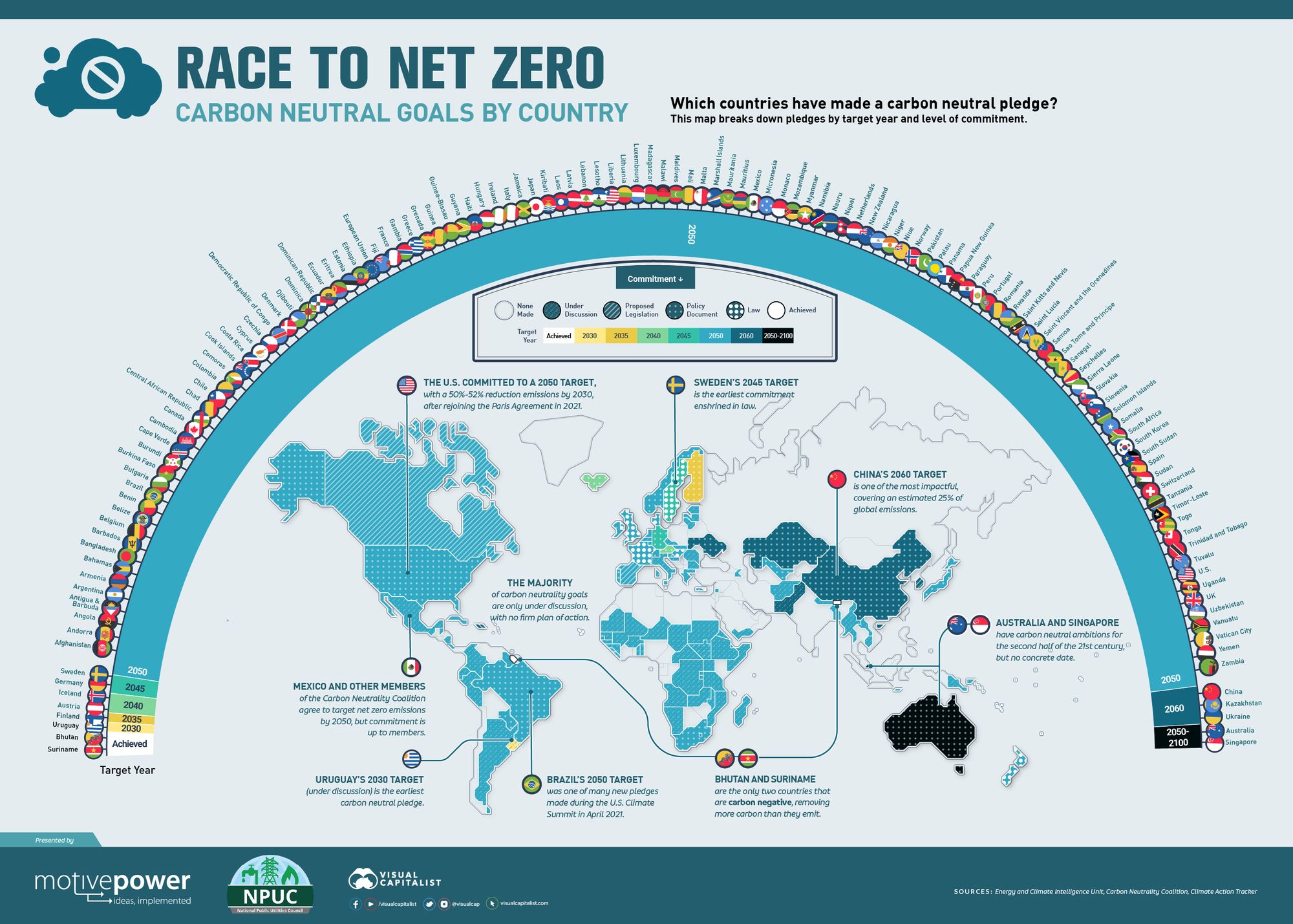Understanding the State of Energy Transition in 2023 and Beyond

The world is facing a formidable challenge: to undertake a decisive climate action by drastically cutting greenhouse gas emissions from 51 billion tons to zero. As we approach the 2023 UN Climate Change Conference (COP 28), set to take place from 30 November to 12 December 2023 in Dubai, this challenge takes center stage.
Despite an influx of private and public investment that has accelerated clean energy innovation, global emissions continue to increase each year. This reality underscores the monumental task that lies ahead but it is not an insurmountable one. Noteworthy strides, such as the unprecedented growth in renewable power led by solar PV as detailed in the IEA Renewable Energy Market Update of June 2023, give us hope. If we mobilize the next generation into the largest emergency response in human history, we can still avert this disaster.
The Complexity of the Energy Transition
To fully comprehend the enormity of the challenge, we must recognize that greenhouse gas emissions stem from virtually every human activity. Electricity, often the first thought when considering emissions, accounts for 26% of global emissions. However, with the IEA reporting a surge in global renewable capacity additions to more than 440 GW in 2023, equivalent to the entire installed power capacity of Germany and Spain combined, the potential for electricity decarbonization is becoming more tangible. Transportation, agriculture, and buildings represent 16%, 21%, and 7% of emissions, respectively. The sector contributing the most emissions, 30% of the total, is manufacturing — including the production of cement, plastic, and steel, all of which are presently emission-intensive processes.

A Global Perspective on Emissions
The issue of greenhouse gas emissions isn't confined to a specific region or country. More than 70 countries have committed to reaching net zero, including major polluters like the United States and the European Union. However, three-quarters of the global population resides in emerging economies like Brazil, India, and South Africa, which now contribute two-thirds of total greenhouse gas emissions. Therefore, solutions must be effective across all countries, not just a select few. The June 2023 IEA report indicated that the global energy crisis and policy momentum, particularly in Europe, have created a favourable environment for renewable energy deployment to improve energy security, highlighting the increasing global commitment to reducing emissions.
A Three-Folded Approach to the Energy Transition
Addressing the ubiquitous nature of emissions demands a three-fold strategy. First, we need to invent clean technologies to replace every emissions-intensive process in use today. Secondly, we need to drive down the cost of these new clean technologies to make them competitive worldwide. Lastly, we need to rapidly deploy these cost-effective technologies, a process that involves replacing old, emissions-intensive infrastructure with new, clean alternatives. The IEA report highlights this last aspect, noting that solar PV, both large utility-scale and small distributed systems, account for two-thirds of the 2023 projected increase in global renewable capacity.
Current Progress and Future Outlook
There has been significant progress since the COP 21 meeting in 2015 in Paris, where 22 governments launched an initiative called Mission Innovation. Public funding for climate-related research and development (R&D) has increased by almost a third since then. Moreover, the private sector is investing more in climate than ever, with venture capital funds pouring approximately $70 billion into over 1,300 clean-energy start-ups in the past two years alone. In light of the recent IEA report, we see an encouraging future outlook with renewable capacity expected to reach over 4,500 GW at the end of 2024, equivalent to the total power capacity of China and the United States combined. It also suggests a potential surge in renewable capacity additions to 550 GW in 2024, driven by more rapid deployment of residential and commercial PV installations.
In the run-up to COP 28, it is crucial to note that the conference will mark the conclusion of the first Global Stocktake of the implementation of the Paris Agreement. This multi-year process, aimed at assessing the world’s collective progress toward achieving its climate goals, will provide an invaluable perspective on our progress and the necessary steps ahead.

Conclusion
While the energy transition is a monumental task, the progress thus far is promising. The increasing investment in clean energy technologies, the unprecedented growth in renewable power installations, and the improving competitiveness against fossil fuel alternatives, all indicate that we are moving in the right direction. The action taken by the European Union in response to the crisis triggered by Russia's invasion of Ukraine showcases the potential for rapid renewable energy deployment to reduce reliance on fossil fuel imports.
The global response to the current energy crisis shows that rapid change is possible when urgency is felt. We must seize this momentum and build upon it. As we've seen, renewables, particularly solar PV, have a pivotal role to play. But this is just the beginning. The manufacturing sector and other emission-intensive industries still require innovative, cost-effective, and clean solutions. As we approach COP 28, we must keep in mind that achieving a sustainable, clean-energy future is both a collective responsibility and an urgent necessity.



